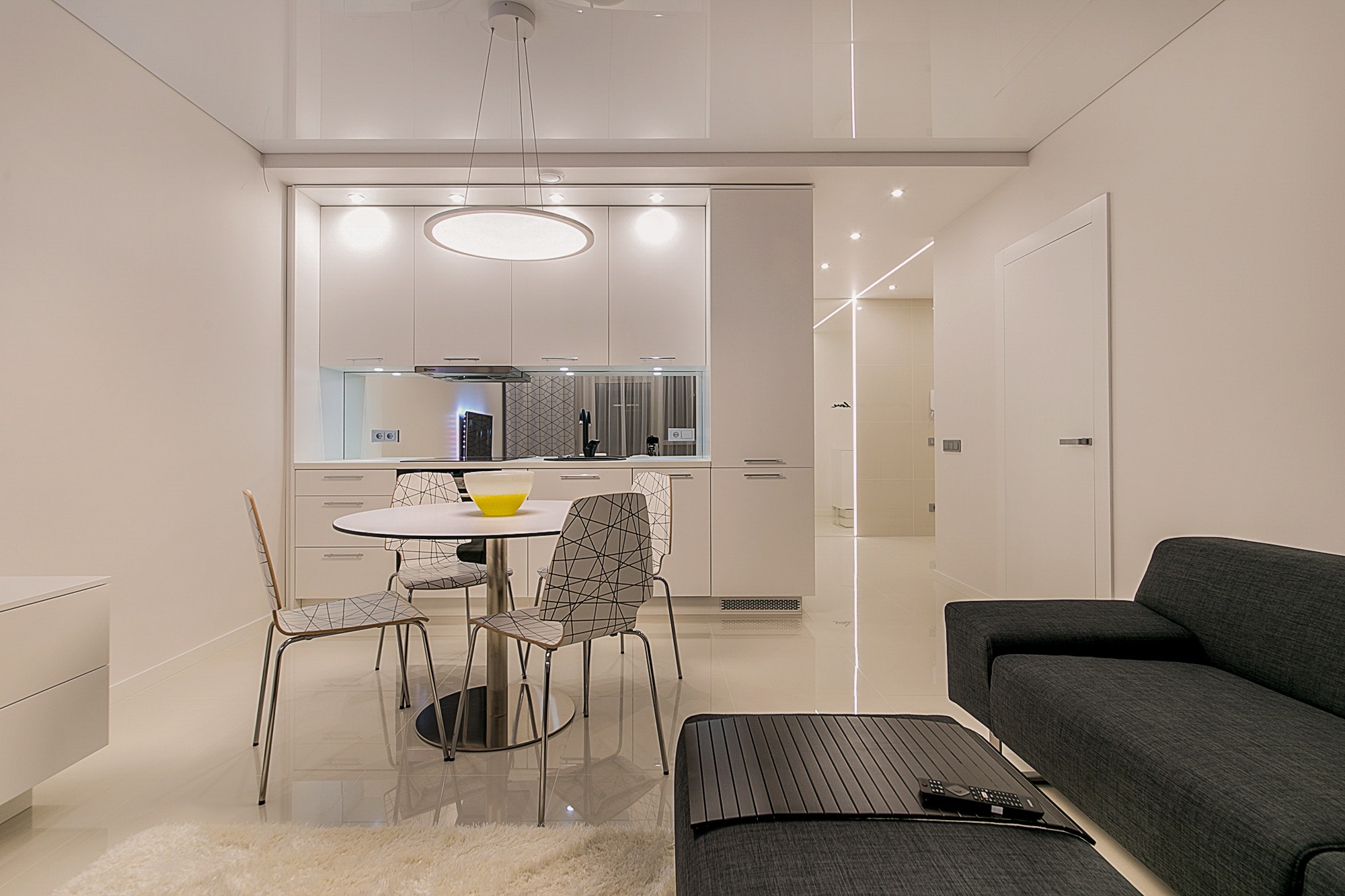 One renovation that may add value to a home is an in-law apartment. Even if a homeowner does not have any relatives, an in-law apartment makes wonderful guest accommodations. It is possible to rent it when unoccupied to earn some money.
One renovation that may add value to a home is an in-law apartment. Even if a homeowner does not have any relatives, an in-law apartment makes wonderful guest accommodations. It is possible to rent it when unoccupied to earn some money.
Homeowners who rent out part of a home need to check with their insurance agent to upgrade insurance to accommodate commercial use of a part of the home.
Additionally, a person staying in an in-law apartment, who is not a member of the owner’s household, may need to get renter’s insurance to cover any personal property kept in the in-law apartment.
Renovation Plans
An in-law apartment may be in a basement or attic. Creating one is possible as a home addition, a garage makeover, or as a tiny house in the backyard.
Check the building regulations for the area where the home is. It is wise to get the proper building permits needed for the construction. Work done without permits usually does not add value when reselling because it creates a liability.
Some people make an in-law without having to do major renovations if partitioning the house is possible. It may be possible to separate an area to create an in-law apartment if the house has an extra bedroom with a connected bathroom.
If no existing part of the home is suitable for remodeling, then adding an addition is an option. A better choice for a backyard that usually increases the resale value is building an in-law cottage rather than investing in installing a swimming pool. Some people may prefer having in-law accommodations when compared to the cost of maintaining a swimming pool.
Multiple Uses For An In-Law Apartment
Almost everyone has a use for an in-law apartment. This is why they are attractive to potential home buyers. Children can stay with parents as they become adults. Elderly parents can live with their children. Couples without children can use the room as a home office. Single people can rent out the space to help pay the bills.
Use of the space may change over time, so be sure to think creatively about the space. The value-added for having this space is the privacy it allows. Living together is normally easier when the parties also have some privacy.
Having a private bathroom, a separate entrance, and a kitchenette in the in-law apartment covers all the needs. This allows the space to be self-contained.
Summary
Consider adding an in-law apartment for the convenience, potential improvements in the resale value of the home, and to reduce the expense of supporting family members who live elsewhere and pay rent for an apartment to others.
If an in-law space is on your wish list for your next home purchase, be sure to advise your trusted real estate professional.
 For those who have not taken a look at the innovative technology that is now used to make artificial grass, they will be surprised at how realistic some of the newest products look when compared to living grass. Installing artificial grass, which is high quality, does not come cheap.
For those who have not taken a look at the innovative technology that is now used to make artificial grass, they will be surprised at how realistic some of the newest products look when compared to living grass. Installing artificial grass, which is high quality, does not come cheap. No doubt you’ve been told that curb appeal will help sell your home. But if money is short you’ll need to do some curb appeal on a budget tricks.
No doubt you’ve been told that curb appeal will help sell your home. But if money is short you’ll need to do some curb appeal on a budget tricks.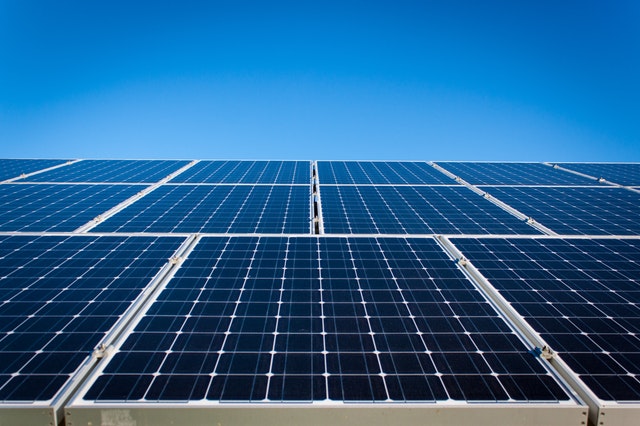 Earth Day is celebrated each year in April to remind us all of the benefits of ecologically-sound living that is more in harmony with Mother Earth. There is quite a bit of positive news when it comes to going “green.” There are significant benefits for home sales.
Earth Day is celebrated each year in April to remind us all of the benefits of ecologically-sound living that is more in harmony with Mother Earth. There is quite a bit of positive news when it comes to going “green.” There are significant benefits for home sales.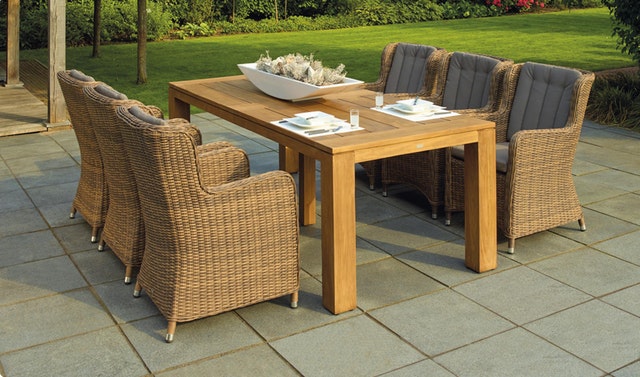 From small touches such as new lighting to larger efforts such as tiling the porch or stoop, creating curb appeal is one of the best investments you can make to resell your home fast.
From small touches such as new lighting to larger efforts such as tiling the porch or stoop, creating curb appeal is one of the best investments you can make to resell your home fast.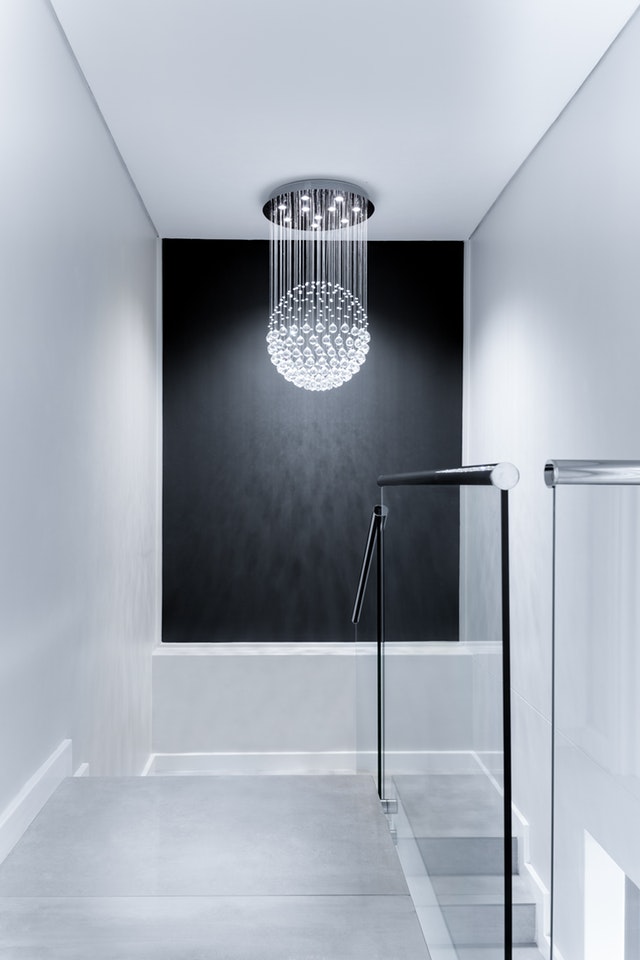 Fixing up your home to sell doesn’t have to be a budget-breaker. You can revitalize the look of your property with a little bit of paint in the right places.
Fixing up your home to sell doesn’t have to be a budget-breaker. You can revitalize the look of your property with a little bit of paint in the right places. The right home renovation strategy can increase property values and improve the comfort and utility of your space. However, your actions could have a harsh impact on our natural resources.
The right home renovation strategy can increase property values and improve the comfort and utility of your space. However, your actions could have a harsh impact on our natural resources. According to the US Department of Energy, the average American household paid $111.67 each month for utilities in 2017. With some research and a few DIY projects, property owners can reduce those energy costs without sacrificing comfort or convenience.
According to the US Department of Energy, the average American household paid $111.67 each month for utilities in 2017. With some research and a few DIY projects, property owners can reduce those energy costs without sacrificing comfort or convenience. Your carbon footprint is the measure of your impact on the earth’s natural resources. This number describes the amount of fossil fuel it takes to support your lifestyle. In the United States, each person produces an average of 19.78 tons of carbon dioxide every year. A high carbon footprint means your daily habits are a quickening drain on our finite resources.
Your carbon footprint is the measure of your impact on the earth’s natural resources. This number describes the amount of fossil fuel it takes to support your lifestyle. In the United States, each person produces an average of 19.78 tons of carbon dioxide every year. A high carbon footprint means your daily habits are a quickening drain on our finite resources. 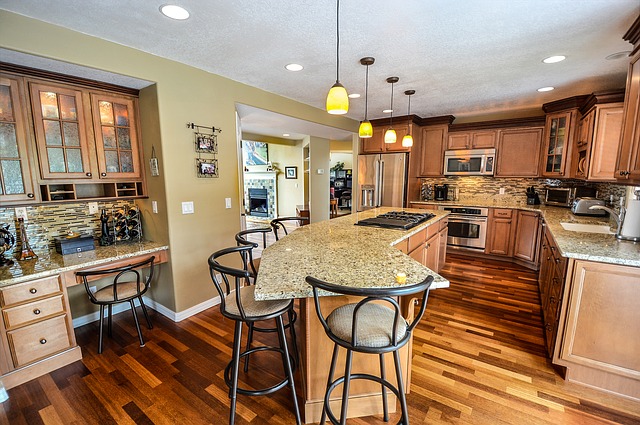 Your home is likely your largest investment. Beyond repairs and regular maintenance to keep it clean, comfortable, and safe, there are a number of projects that can increase the resale value of your property. These renovations top the list of changes you can make that positively impact your home’s value.
Your home is likely your largest investment. Beyond repairs and regular maintenance to keep it clean, comfortable, and safe, there are a number of projects that can increase the resale value of your property. These renovations top the list of changes you can make that positively impact your home’s value.